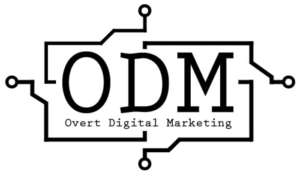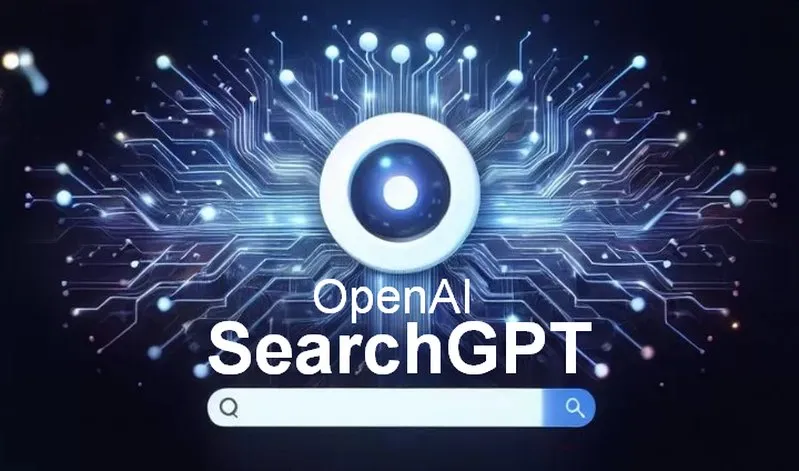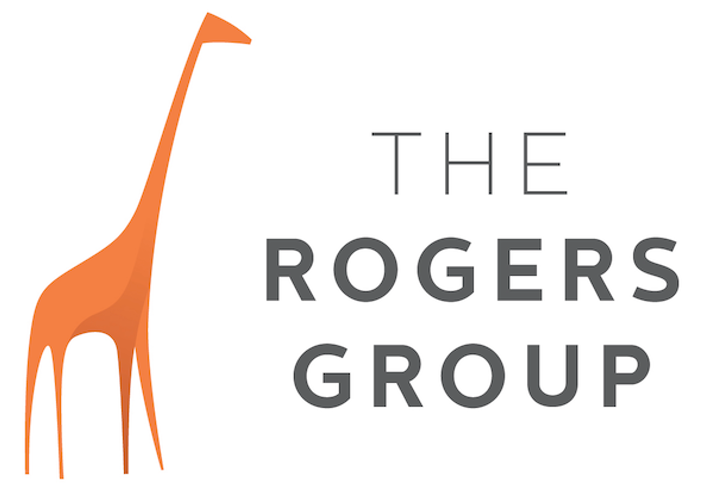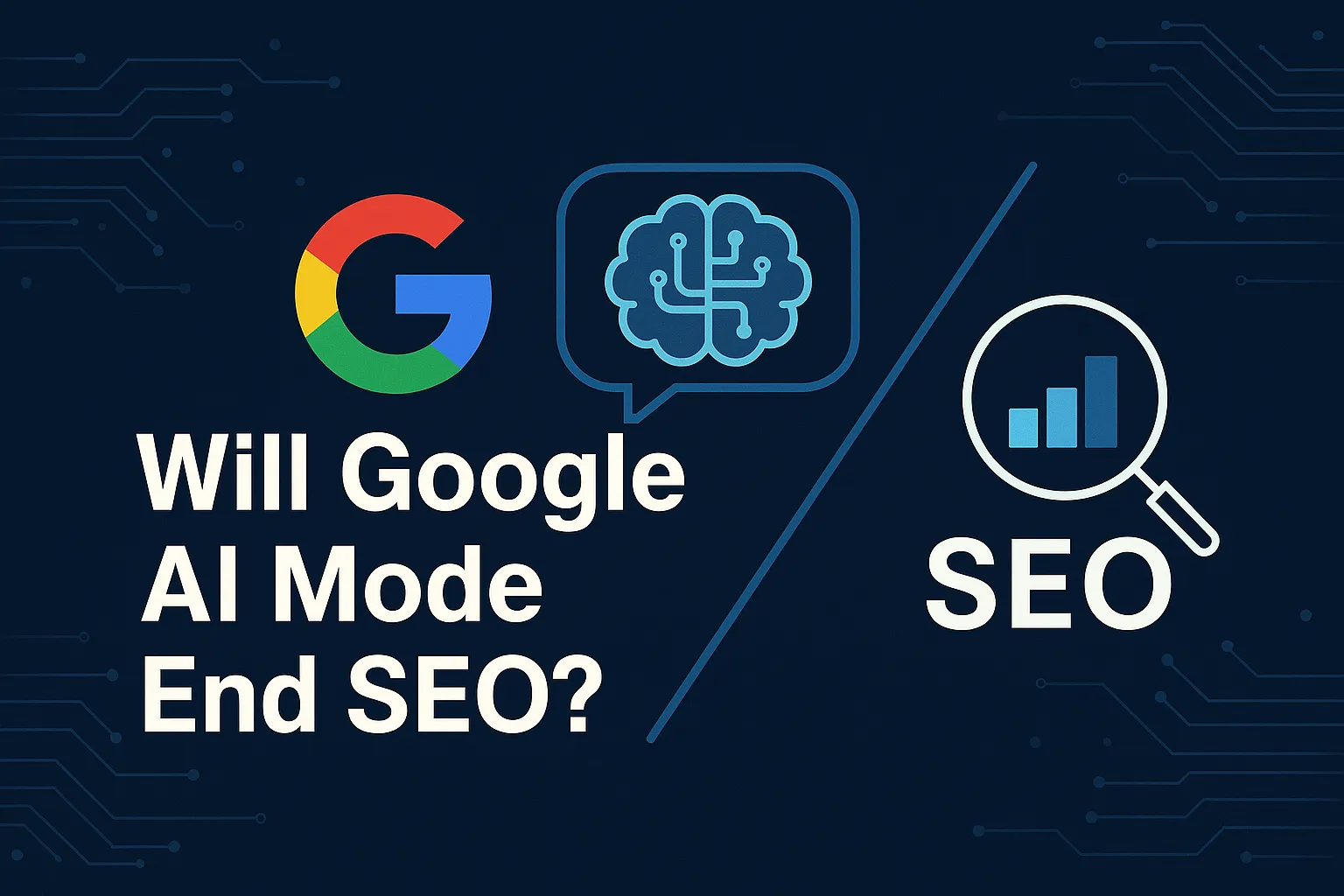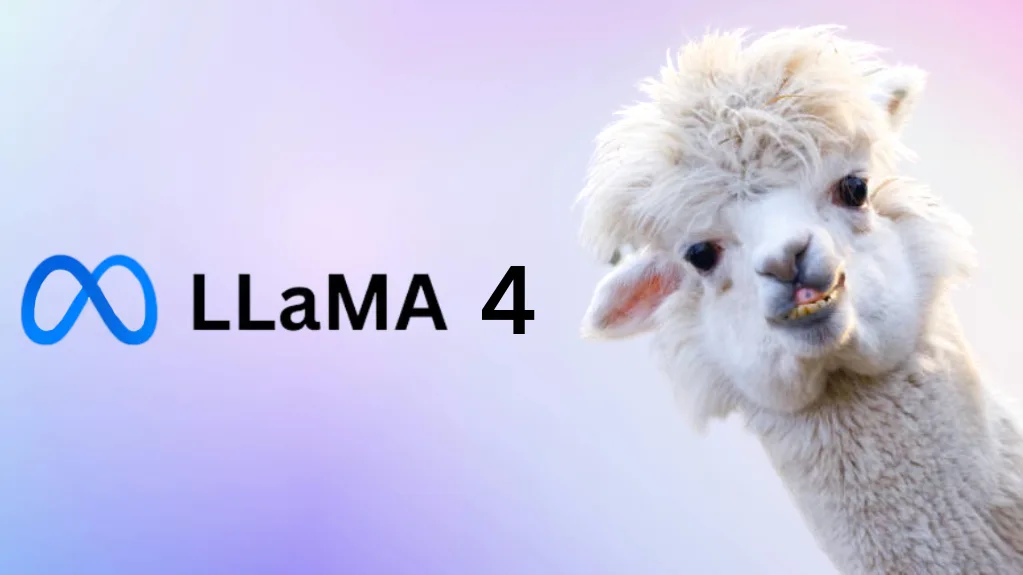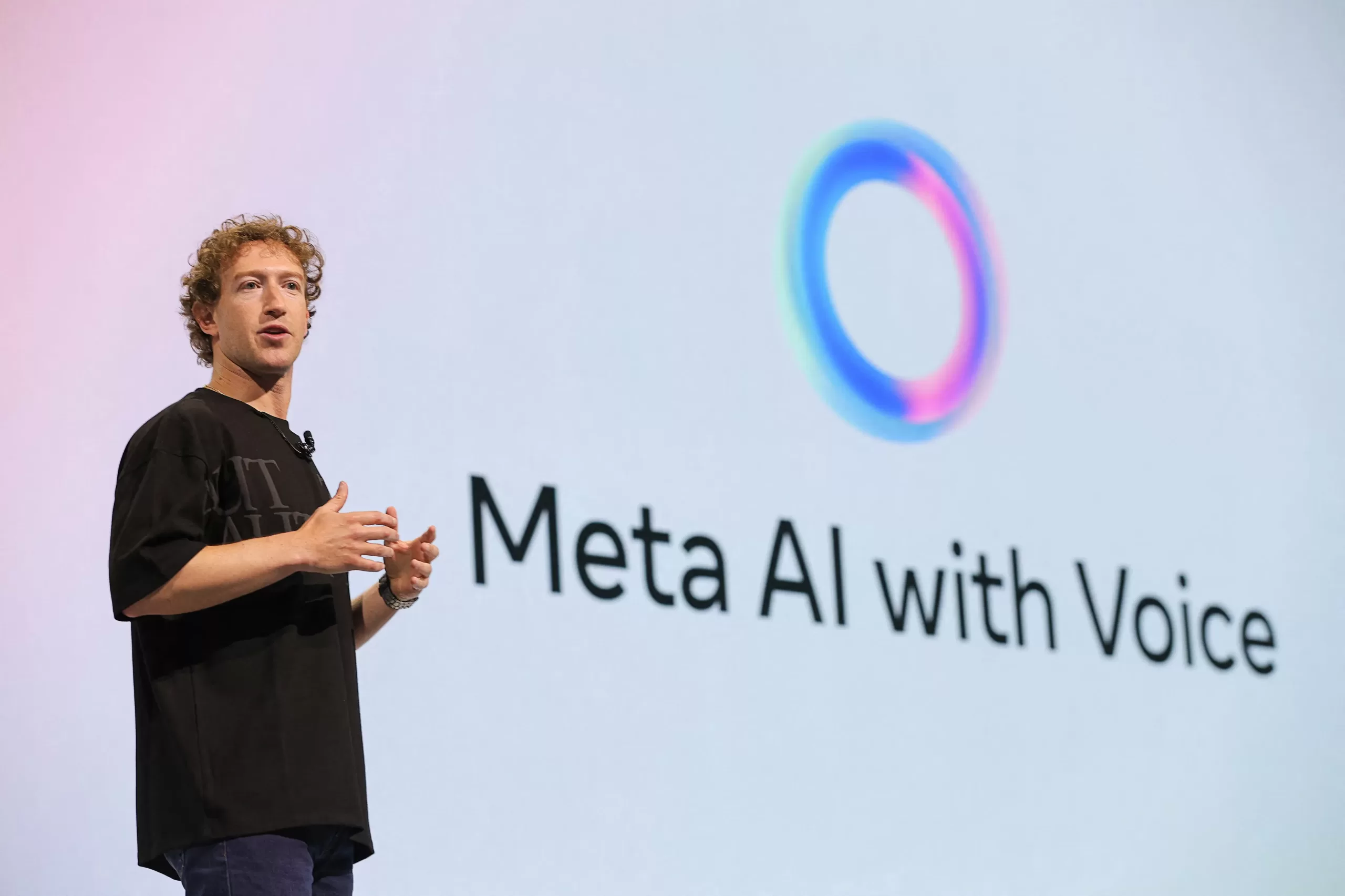In the rapidly evolving digital media landscape, staying ahead of the curve is not just an advantage—it’s a necessity. As Google continues to refine its search algorithms and AI technologies advance at breakneck speed, new tools are emerging that challenge the status quo. One of the most significant of these innovations is SearchGPT, also known as ChatGPT Search, developed by OpenAI. With its characteristic cheerfulness, ChatGPT asserts that the digital media landscape is “rapidly evolving,” and SearchGPT is at the forefront of this transformation. In this comprehensive article, we’ll unpack the key features and marketing insights of SearchGPT, exploring its potential to rival Google’s dominance and what it means for digital marketers.
What is SearchGPT and How Does It Work?
SearchGPT represents a fusion of traditional search engine capabilities with the advanced conversational prowess of large language models (LLMs). Unlike conventional search engines that present users with a list of links to sift through, SearchGPT delivers direct answers, summaries, and insights tailored to the user’s query. This approach leverages real-time information from across the web, providing a more streamlined and intuitive search experience.
The Mechanics Behind SearchGPT
While OpenAI has not disclosed the exact workings of SearchGPT, it is plausible to surmise that it employs a method similar to Retrieval Augmented Generation (RAG). RAG is a popular technique used by other AI-powered search engines like Perplexity and Google AI Overviews. Here’s a simplified breakdown of how SearchGPT likely operates:
- Query Processing: When a user inputs a search query, SearchGPT converts it into numerical embeddings that capture the query’s meaning and context.
- Content Retrieval: These embeddings are then used to search a vector database containing trusted information sources. Given OpenAI’s partnership with Microsoft, it’s probable that SearchGPT utilises Bing’s web index.
- Response Generation: By retrieving the most relevant content, SearchGPT generates precise responses. These responses are not only accurate but also link back to the original sources, ensuring transparency and reliability.
- Contextual Understanding: The retrieved sources provide additional context, enabling the language model to answer queries with a deeper understanding of user intent.
Key Features of SearchGPT
SearchGPT distinguishes itself with several innovative features designed to enhance the user experience:
- Conversational Interface: Users interact with SearchGPT in a natural, dialogue-like manner, making the search process more intuitive.
- Direct Answers: Instead of presenting a list of links, SearchGPT offers concise and relevant answers to user queries.
- Citations Panel: A sidebar displays the sources used to generate the response, complete with links to the original content.
- Follow-up Questions: Users can ask additional questions to delve deeper into topics, fostering a more interactive search experience.
SearchGPT vs. Google AI Overviews: A Comparative Analysis
Having gained early access to SearchGPT at our agency, our initial impressions are overwhelmingly positive. In comparison to Google’s AI Overviews (AIO), SearchGPT offers several distinct advantages that could potentially disrupt Google’s search dominance.
Performance and User Experience
While Google’s AIO incorporates LLM-generated responses atop traditional search results, it largely feels like an enhancement of rich snippets rather than a complete overhaul. Non-tech-savvy users might not perceive a significant difference. In contrast, SearchGPT transforms the search experience by providing direct, conversational responses that reduce the need for multiple clicks, especially for informational and low-intent searches.
Key Distinctions for Marketers
For marketers, two primary distinctions between SearchGPT and Google’s AIO stand out:
- Citations: Google’s AIO employs an icon for references, offering less transparent citations. SearchGPT, however, links directly from the publication’s name, potentially impacting click-through rates positively by providing clearer source attribution.
- Conversational Search: Google’s AIO is less conversational compared to SearchGPT. The latter allows users to build on initial responses by expanding queries using the original web content, creating a more interactive and engaging search experience akin to ChatGPT’s conversational threads.
These distinctions present marketers with new opportunities to develop content strategies that cater to a broader range of conversational queries, encouraging users to explore content in greater depth.
Five Key Implications for Digital Marketers
SearchGPT’s introduction signifies a paradigm shift in how search operates, presenting both opportunities and challenges for digital marketers. Here are five key implications to consider:
- Search is About to Become More Conversational
SearchGPT’s natural language processing (NLP) capabilities enable more nuanced, dialogue-like interactions. Users are likely to ask a wider variety of questions, moving beyond simple keyword queries to more complex, conversational inquiries.
What This Means for Marketers:
- Content Strategy Evolution: Marketers need to pivot from traditional keyword-centric strategies to understanding the key topics and questions users are exploring. This involves creating content that directly addresses user needs in an engaging and natural manner.
- Enhanced User Engagement: Content should be written to resonate with users on a deeper level, focusing on meeting user intent rather than merely optimising for search algorithms.
- Incorporate Rich Media into Your Strategies
SearchGPT can reference and describe various types of media beyond just text, such as videos, infographics, and interactive elements. Integrating rich media into your content strategy will enhance its value and appeal in SearchGPT-driven searches.
What This Means for Marketers:
- Multimedia Optimisation: Ensure that videos, infographics, and other media are well-labelled and contextually enriched to remain accessible and relevant to both users and AI models.
- Enhanced Accessibility: Descriptive text remains important to make media inclusive and accessible to all users, which in turn improves content effectiveness in AI-driven searches.
- Earned Media Will Remain Important
SearchGPT is likely to prioritise high-authority publications, making digital PR and thought leadership increasingly crucial. The tool seems to link out to content creators more frequently than Google, offering brands greater opportunities to boost awareness and traffic.
What This Means for Marketers:
- Focus on High-Visibility Sources: Target authoritative publications to enhance your brand’s inclusion in SearchGPT’s responses.
- Build Strong Relationships: Develop and nurture relationships with reputable content creators and high-visibility media outlets to increase the chances of being featured in valuable AI-generated content.
- High-Quality Content Still Rules Them All
SearchGPT places a premium on relevant, up-to-date information, making consistent content optimisation essential. High-quality content is critical for maintaining audience engagement and increasing the likelihood of being referenced by SearchGPT.
What This Means for Marketers:
- Continuous Optimisation: Regularly update and optimize your content to ensure it remains accurate and relevant in the AI-driven search landscape.
- Engagement Focus: Prioritise creating content that engages users and encourages interaction, providing a competitive edge for your brand.
- Adapt Your Analytics and Metrics
With AI-driven search altering traditional metrics like click-through rates (CTR) and page rankings, marketers must adapt their analytics strategies to focus on new metrics that better reflect SearchGPT’s influence.
What This Means for Marketers:
- New Metrics Focus: Track visibility through prompts and brand mentions within LLM responses, user engagement levels, and the impact of AI on brand visibility.
- Enhanced Insights: These new metrics will provide deeper insights into how effectively your content is performing in the age of SearchGPT, allowing for more informed marketing decisions.
Microsoft Bing: The New SEO Sidekick in 2025
SearchGPT’s reliance on Bing’s index marks a significant shift in the search landscape. Here’s why Microsoft Bing is set to become an essential tool for SEO managers and how to leverage its potential.
Why Microsoft Bing Matters Now
SearchGPT taps into Bing’s index, meaning that if Bing doesn’t have your page, neither does ChatGPT. This symbiotic relationship highlights Bing’s critical role in SearchGPT’s functionality.
Key Points:
- Indexing Priority: Ensuring your pages are indexed by Bing is now more important than ever, as it directly affects your visibility in SearchGPT.
- Strategic SEO Focus: Incorporating Bing optimisation into your SEO strategy can help you capture the new wave of search traffic driven by SearchGPT.
Should You Prioritise Bing Optimisation?
While Google remains a dominant force, ignoring Bing optimisation could result in lost visibility as ChatGPT Search gains traction. Here’s how to approach Bing optimisation without overhauling your entire strategy:
- Bing Webmaster Tools: Utilise Bing Webmaster Tools to monitor which of your pages are indexed and identify any gaps.
- SEO Housekeeping: Conduct regular audits to ensure Bing is indexing your critical pages, especially those driving traffic from Google.
- Bing SEO Tips:
- URL Comparison: Compare URLs getting traffic from Google with those from Bing to identify and address any discrepancies.
- API Utilisation: For those savvy with APIs, use Bing Webmaster API to confirm every essential URL is indexed.
Using Bing as a Thought Leadership Opportunity
The partnership between ChatGPT Search and Bing provides an excellent opportunity for SEO leaders to showcase their forward-thinking strategies. Here’s how to leverage this relationship:
- Educate Leadership: Inform your leadership team about SearchGPT and its implications for search, positioning yourself as a strategic thinker.
- Executive Wins: Frame Bing optimisation as an opportunity to lead in new search trends and enhance brand visibility, turning technical SEO tasks into executive-level wins.
Planning for 2025: Integrate Bing into Your SEO Roadmap
While immediate action may not be necessary, incorporating Bing optimisation into your 2025 SEO roadmap is a strategic move. Here’s why:
- Future-Proofing Visibility: Proactively optimising for Bing ensures your content remains visible as ChatGPT Search continues to evolve.
- Strategic Positioning: Including Bing in your SEO plans demonstrates foresight and strategic planning, essential qualities for maintaining competitive advantage.
Will Bing Always Power SearchGPT?
The relationship between SearchGPT and Bing appears robust, but questions remain about the long-term dynamics. While it’s possible that ChatGPT could eventually develop its own comprehensive web index, this would be a monumental task akin to what Google and Bing have accomplished over years. Currently, Bing serves as a reliable backbone for SearchGPT, providing the extensive and well-maintained web index necessary for accurate and efficient search responses.
The Future of SearchGPT and Bing
Given the complexities involved in building and maintaining a comprehensive web index, it’s unlikely that SearchGPT will depart from Bing’s index in the near future. This symbiotic relationship ensures that SearchGPT can deliver valuable insights while relying on Bing’s established indexing prowess. As such, Bing’s relevance extends beyond a temporary trend—it’s integral to SearchGPT’s strategy and, by extension, remains a critical component of the search ecosystem.
Takeaway: Bing’s ongoing partnership with SearchGPT underscores its importance in the search landscape. For marketers, maintaining a strong Bing presence is not just beneficial—it’s essential for ensuring visibility in the emerging AI-powered search environment.
Microsoft Bing is Starting to Shine
As the SearchGPT experiment unfolds, Bing is poised to become an unexpected star in the future of search. Here’s why marketers should give Bing the attention it deserves:
Strategic Investment with High Potential Payoff
Optimising for Bing doesn’t require an overhaul of your existing SEO strategies. Instead, it involves targeted adjustments and regular audits to ensure your content is indexed correctly. This investment is relatively low-effort with a potentially significant payoff, positioning your brand to capture new search traffic driven by SearchGPT.
Practical Steps to Optimise for Bing
- Bing Webmaster Tools: Regularly check your indexed pages and address any gaps.
- Content Optimisation: Ensure your content is high-quality, authoritative, and well-labelled to enhance its visibility in Bing’s index.
- SEO Audits: Conduct quick, targeted audits to identify and rectify any indexing issues, ensuring your critical pages are accessible to Bing and, by extension, SearchGPT.
Preparing for SearchGPT’s Takeoff
By proactively optimising for Bing, you position your brand to benefit as SearchGPT continues to gain traction. This forward-thinking approach ensures that when AI-powered searches become the norm, your content remains visible and competitive.
Conclusion: Embracing the Future with SearchGPT
SearchGPT is more than just a new search engine; it’s a transformative tool that redefines how users interact with information online. By combining the strengths of traditional search engines with the conversational abilities of large language models, SearchGPT offers a more intuitive and engaging search experience. For digital marketers, this evolution presents both opportunities and challenges that necessitate a strategic shift in content creation, optimisation, and analytics.
Key Takeaways for Marketers
- Embrace Conversational Search: Adapt your content strategies to cater to more nuanced, dialogue-like interactions.
- Incorporate Rich Media: Enhance your content with multimedia elements to increase its value and relevance in AI-driven searches.
- Prioritise Earned Media: Focus on high-authority publications and digital PR to boost your brand’s visibility in SearchGPT’s responses.
- Maintain High-Quality Content: Ensure your content is consistently optimised, accurate, and engaging to retain relevance.
- Adapt Analytics and Metrics: Shift your focus to new metrics that better capture your content’s performance in the age of AI-powered search.
Strategic Integration with Bing
The partnership between SearchGPT and Bing underscores the importance of maintaining a strong Bing presence. By integrating Bing optimisation into your SEO roadmap, you ensure that your content remains visible and competitive as AI-driven search continues to evolve.
Looking Ahead
As SearchGPT continues to develop and potentially expand its indexing capabilities, staying informed and adaptable is crucial. By embracing the changes brought about by SearchGPT and leveraging its partnership with Bing, digital marketers can navigate the evolving search landscape with confidence and strategic foresight.
In conclusion, SearchGPT represents the next evolution in AI-powered search, offering a more conversational and interactive experience that moves beyond traditional search paradigms. For marketers, the key to success lies in adapting to these changes by prioritising high-quality, engaging content, optimising for Bing, and embracing new metrics that reflect the shifting dynamics of search visibility. As the digital media landscape continues to evolve, those who proactively embrace these innovations will be well-positioned to thrive in the future of search.
By Manesh Ram, Digital Marketing Specialist. Please follow @maneshram & Meta
